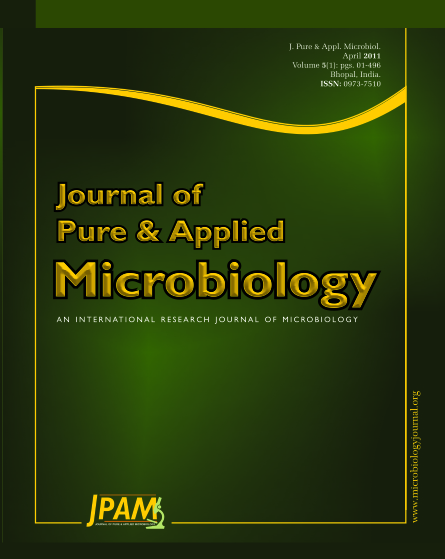As methicillin -resistant Staphylococcus aureus (MRSA) is a virulent pathogen responsible for health care-associated onset disease. In the present study, we have investigated the impact of carriage by health care workers (HCWs) and environment on patient transmission of MRSA in a Medical Intensive Care Unit (MICU), Fahd hospital, Al-Madinah Al-Munawarah, KSA. MRSA isolates from 117 patients, 25 HCWs and 12 environmental sites were collected. Antibiotyping and pulsed-field gel electrophoresis (PFGE) analysis were done to determine the clonal relationship between isolates and potential routes of transmission.
The average nosocomial infection rate of MRSA was 5.98 % (7/117), the overall carriage rate of HCWs was 36% (9/25). Two MRSA was isolated from the 12 environmental sites samples. All MRSA isolates showed multidrug resistance. However, isolates with reduced susceptibility to vancomycin were not detected. Four major MRSA clusters were identified based on the PFGE patterns. Several HCWs were carrying MRSA isolates with the same PFGE patterns (pulsotype A3 and pulsotype C2) as those of isolates from patients (P2, 3, 7), thereby establishing the transmission of MRSA between patients and HCWs. Furthermore, the environmental isolates had PFGE pattern (pulsotype A3) indistinguishable from that of some patients isolates (P2, 7); ensuring that environment may serve as a reservoir for MRSA. The presence of MRSA among HCWs and environment has been associated with increased risk of MRSA nosocomial infection.
Methicillin-resistant Staphylococcus aureus (MRSA), health care workers, intensive care unit, Saudi hospital, pulsed-field gel electrophoresis, environment
© The Author(s) 2011. Open Access. This article is distributed under the terms of the Creative Commons Attribution 4.0 International License which permits unrestricted use, sharing, distribution, and reproduction in any medium, provided you give appropriate credit to the original author(s) and the source, provide a link to the Creative Commons license, and indicate if changes were made.


